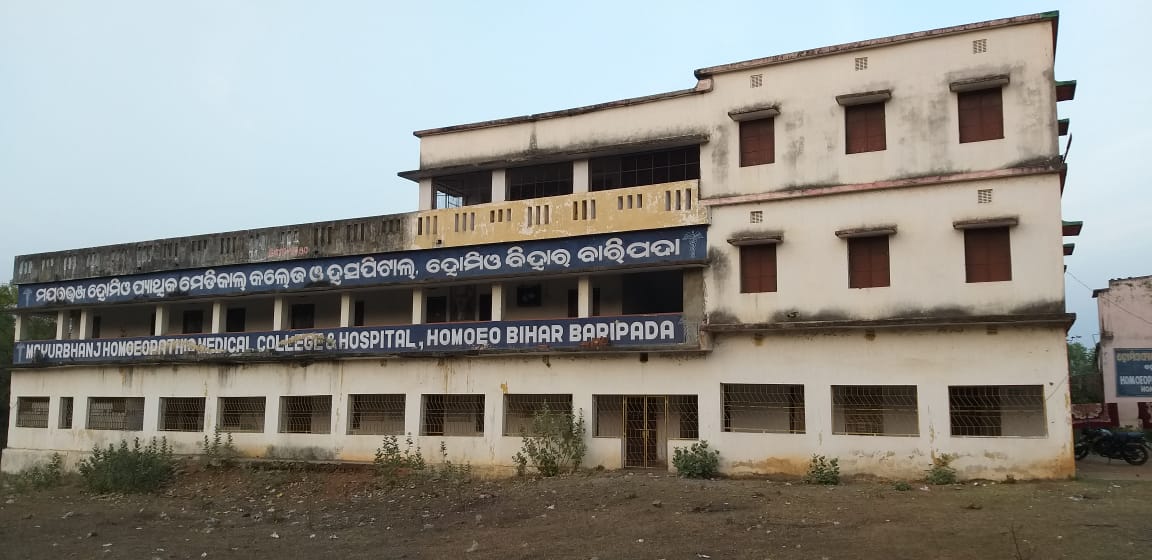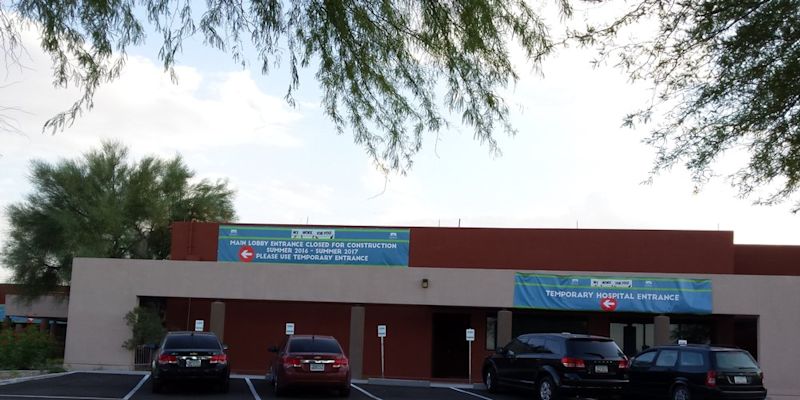

Many federal and local recreation areas have been established to allow for hiking, camping, horseback riding, hunting, and other activities. Native vegetation throughout the open lands provides habitat for many different kinds of wildlife. Large, intact portions of the Cienega Corridor allow for rain and snowmelt to enter the ground and recharge our drinking water reservoirs. Likewise, preservation of natural open spaces provides a critical balance to master-planned development.įor example, open space in the Cienega Creek watershed-known locally as the Cienega Corridor-just east of the Houghton Area Master Plan area provides numerous services to our community. Thoughtful growth management is essential to absorb the influx of residents to the desert. The view across the lush Cienega Corridor, with the Rincon Mountains in the background. Developments that reflect these qualities are detailed in the Sonoran Institute’s Growing Smarter at the Edge. The plan, which is expected to be formally adopted in 2005, encourages pedestrian- and bicycle-friendly streetscapes, connectivity between neighborhoods, creation of community centers to allow for small commercial enterprises and common areas, a mix of housing types and densities, and preservation of open spaces and sensitive natural features. The planning process became known as the Houghton Area Master Plan, named after a major road that runs through the area. In the growth areas of southeast Tucson, the City of Tucson and the Arizona State Land Department began a large-scale planning process that emphasized progressive tools to reduce impact on natural areas and promote livability within neighborhoods. In the late 1990s, Pima County began a comprehensive planning process that integrated designation of urban growth areas with protection of surrounding unbroken landscapes, resulting in the Sonoran Desert Conservation Plan. In a broader context, the region surrounding Tucson provides strong examples of how communities can influence and encourage development that is compatible with protection of natural open space.

The new community of Civano, in southeast Tucson, was a model for the Houghton Area Master Plan's 'desert village' concept. A Tucson Community Design Academy also trains residents as design ambassadors within their neighborhoods and across the city. The goal of the Building from the Best of Tucson program is to “create a vibrant, livable Tucson community surrounded by healthy, connected landscapes.” Awards were created to encourage best practices by local builders and developers, and the City of Tucson adopted a vision statement to guide appropriate development. The City of Tucson, Arizona, is taking steps in this direction with Building from the Best of Tucson.

conservation to creating a demand for development that fosters conservation values. In fact, savvy Westerners are changing the debate from development vs. Will the same fate be true of desert residents today?Īs the West continues to grow, there must be ways to effectively plan for the expansion without compromising our resources yet still provide for new homes, businesses, and natural areas. But as those resources changed, the Hohokam disappeared. What brings these people to the desert? It may be what the ancient Hohokam Indians knew long ago: the desert is a place of warm climate, natural beauty, and abundant resources. By all accounts, the West can expect to continue to see much of the explosive growth that has characterized the last 20 years. Arizona is the second fastest growing state in the country, based on the last census. Today, it is estimated that over the next 25 years an additional 25 million people will move to the Western United States. The Sonoran Desert is known for its harsh environment, and yet it is suggested that the earliest known Native American people, the Hohokam, chose to call this desert their home. Photo by Gene Wendt, courtesy Sonoran Institute. Rincon Creek, southeast of Tucson, Arizona.


 0 kommentar(er)
0 kommentar(er)
